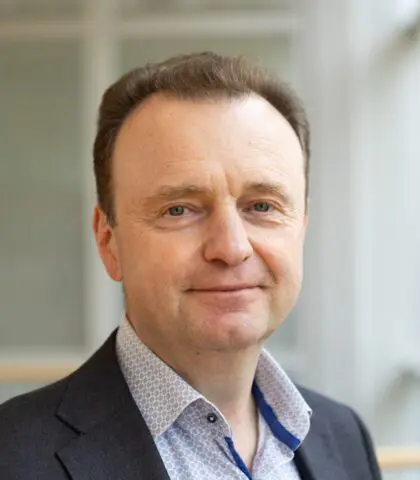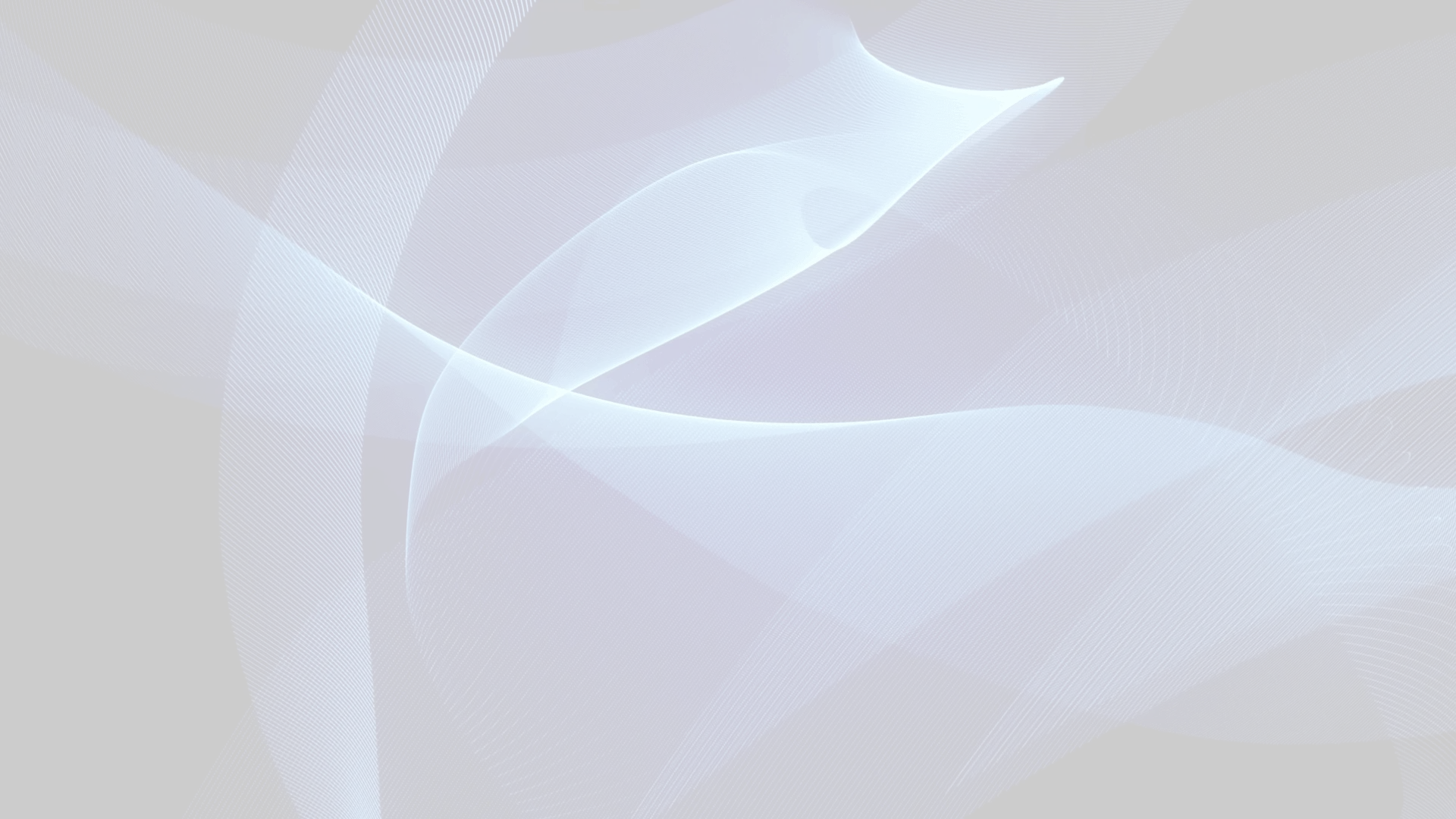ERC Advanced Grant – Interactive phononic matter
Project informatie
| Label | Content |
|---|---|
| Onderzoeksgroepen | Condensed Matter Physics |
| Duratie | January 2025-December 2029 |
| Project type | Onderzoek |
For almost two millennia people are looking for the philosophers’ stone, dreaming to be able to change material properties at will. While turning lead to gold might just have become a reality, even though only a few atoms at a time, in a broader sense we are still very far from this. To make this dream come true, with INTERPHON Kirilyuk challenges the existing ideas and understanding of the interactions between light and matter, developing a research area at the junction of nonlinear optics, phononics and ultrafast magnetism, and aiming at ultrafast and energy-efficient manipulation of materials by using the crystal lattice as a mediator. Thus, glass can be made into a magnet; antiferromagnets to ferromagnets, paraelectric into ferroelectric, by exciting matter with long-wavelength light.
Kirilyuk: ‘This fundamentally new approach to steering magnetic and electric order by ultrafast excitation at the frequencies of optical phonons has been made possible by my group’s latest work. It will involve a controlled deformation of the crystal lattice and is non-thermal (thus energy-efficient), precessional (hence ultrafast) and potentially universal (since the lattice is found in all crystalline materials).’
Interestingly, it does not involve any absorption of light by the very same phonons. Instead, light will communicate with matter in an interactive way, so that matter reciprocates by changing the very resonance used for excitation. To realize this, INTERPHON will develop novel research methods using short and intense pulses of an infrared-to-THz-range free electron laser. Therefore, gaining control over the microscopic crystalline lattice could actually be the key to realizing a phononic philosopher’s stone, capable of inducing ultrafast phase transitions and permanently switching macroscopic order.
When successful, this will strongly advance the frontiers of knowledge in both out-of-equilibrium physics of solids and nonlinear optics, with a potential for novel emerging technologies.
Projectleden

Prof. dr. Andrei Kirilyuk
Meer info over Andrei
 Naar de hoofdinhoud
Naar de navigatie
Naar de hoofdinhoud
Naar de navigatie
